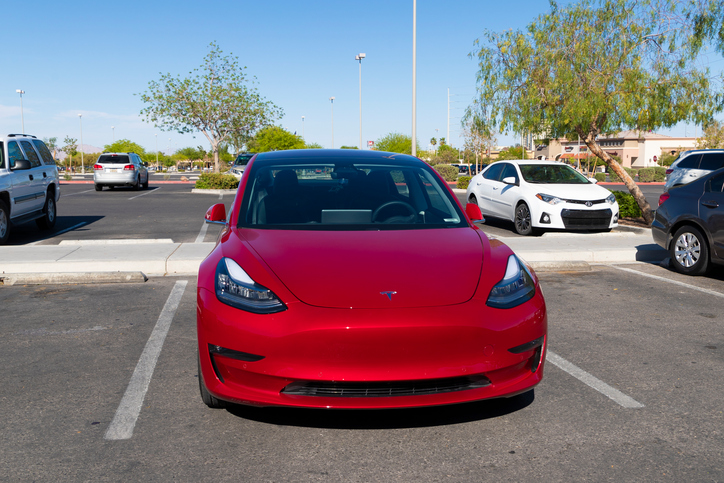During the last week of June, Tesla, Inc. was able to hit their original goal of producing 5,000 Model 3s in one week. Reaching this goal has been important for the electric vehicle manufacturer as they try to bridge the gap into economy cars (the Model 3 is priced at $35,000) and reach a broader audience. Tesla’s progress has brought on publicity from supporters and detractors alike.
On the positive side of Tesla’s production breakthrough, Gigafactory partner Panasonic has said they are willing to increase their investment in the Nevada facility if they are asked. As one of the biggest electric battery production facilities on the planet, the Gigafactory’s ability to produce enough battery packs to meet the demand of Tesla buyers is paramount to maintaining Tesla’s recent production numbers. As Tesla’s sole supplier of batteries, Panasonic has a vested interest in seeing the company ramp up and exceed expectations.
It’s not all great news for Tesla, however. The company is now facing a third investigation into workplace safety at its Fremont, CA, facility after two investigations were opened within days of each other in April of this year. This particular investigation deals with unreported injuries of workers, a claim that Tesla has denied in the past. Detractors are skeptical Tesla can sustain their manufacturing output in the long term, and several analysts have rated the stock rather low. The argument is so many investment dollars have been spent thus far with no profitable quarters on record, causing the company to have to make up a lot of ground to increase stock value and encourage more investment.
Thinking pragmatically, those same detractors hope Tesla can view this success as a chance to look back on where they went wrong. Not utilizing prototypes to spot defects and relying too heavily on automation in the production process have set Tesla back in their lofty goals. The hope among skeptics is they will find a balance between the cutting edge technology the company boasts and the tried-and-true vehicle production techniques of companies that have come before them.
Is Tesla’s recent production milestone a sign of things to come, or do you think they will struggle to maintain this momentum? Let us know your thoughts by commenting below.
